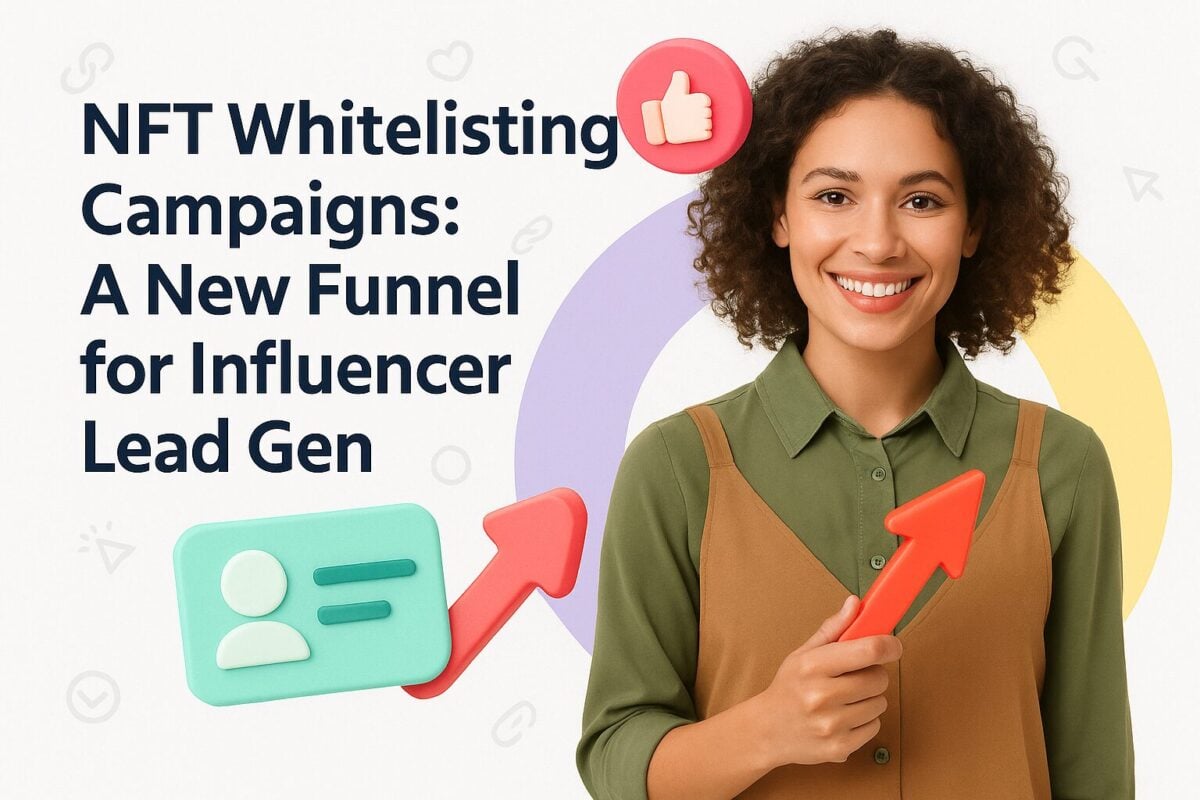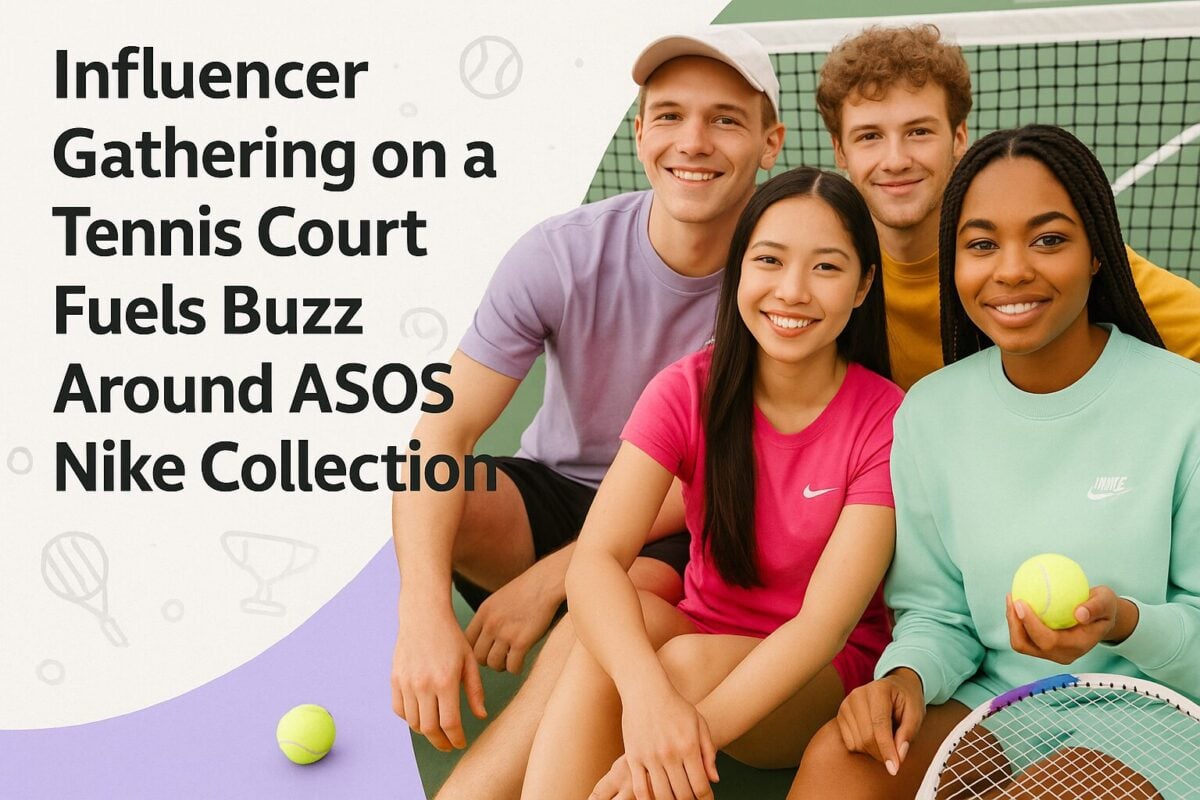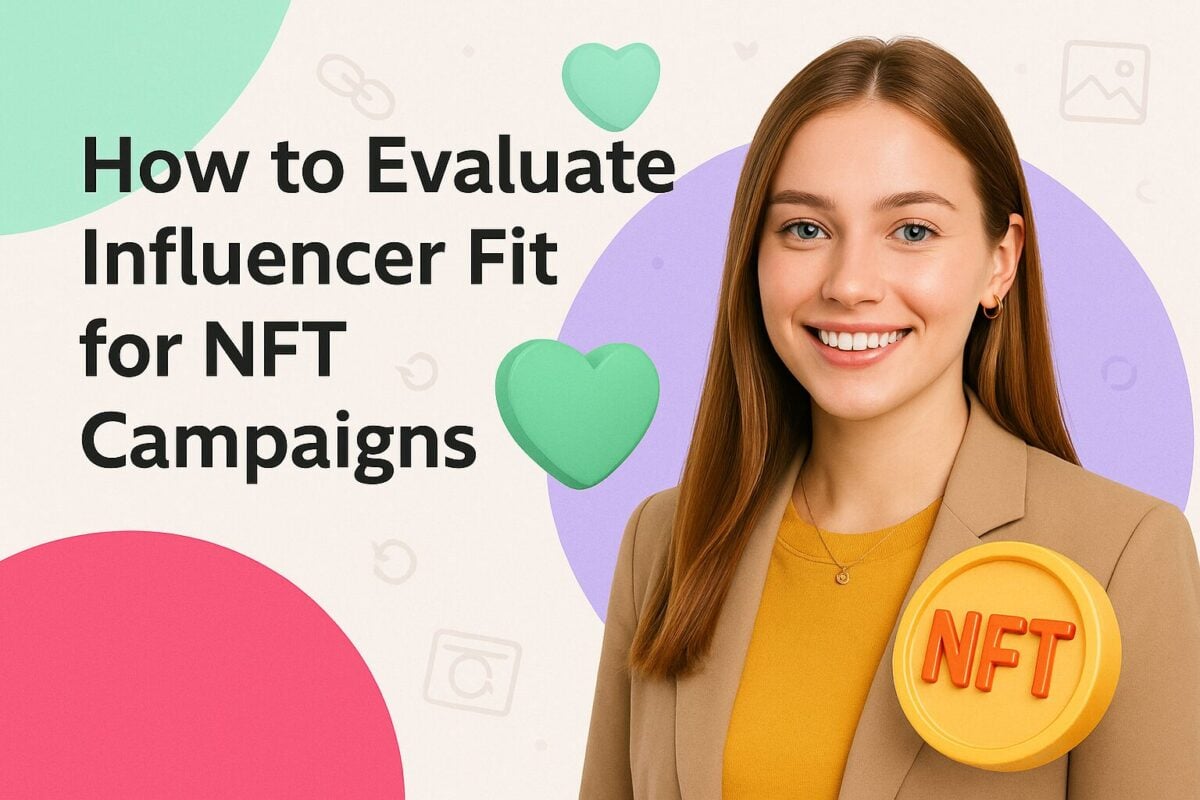We have seen many examples of brands seeing the value of posting on social media. Sometimes brands make posts themselves via their company social accounts. In other cases, they work with influencers to reach a broader audience. Over the last few years, Instagram has grown in popularity and is now one of the most popular networks for social posting. Many firms also choose to advertise on Instagram to expand their reach and try and achieve the best results.
Instagram offers several advertising options and has a clear-cut straightforward advertising market. Instagram provides an excellent visual platform where you can tell your story to a sizeable, generally youthful audience. It enjoys a higher ROI than many other online advertising options.
Clickable Links on Instagram
Instagram has one flaw from a marketer's point of view. Unlike many of the other social sites - Facebook, LinkedIn, and Twitter, for instance - you can’t add clickable links to regular Instagram posts. You can include a single clickable link in your bio.
This probably helped Instagram grow, as advertising-shy Generation Z and Millenials have not found their posts filled with promotions. However, it does mean that Instagram wasn’t of much use to marketers for some time.
The only way that people could get around this problem was to add copy to their posts directing people to your bio. They could then update the link in their bio to match where they wanted to send people on their current promotion.
This method worked to an extent (and many influencers still use it to this day). But it as clumsy, and you could hardly call it intuitive.
Instagram has recently improved this situation. First, they added the ability to insert clickable links in some Stories (where people can 'Swipe up" to click on a link). They have now also added Shoppable advertising posts on Instagram, where people can click on a “Shop Now” button to go directly to a relevant product page.
Instagram Advertising
As with all social marketing, you first need to ensure that your target audience uses Instagram. Do your homework before wasting money on a social platform that nobody relevant to you uses. If you target a predominantly younger audience, particularly if your ideal customer is female, then Instagram advertising could be perfect for meeting your marketing goals.
Facebook owns Instagram and unites the two social networks in a common advertising system. Firms can pay Facebook to display ads in a place of their choosing on Facebook and Instagram.
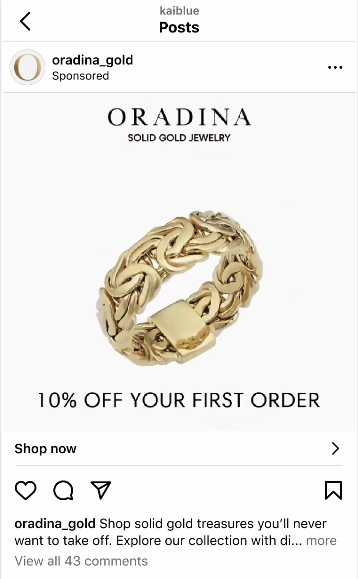
Source: facebook.com
One difference between Facebook and Instagram is that Instagram is inherently more visual. You certainly wouldn't consider creating a text-only ad there. Therefore you need to find eye-catching images and videos for your Instagram ads.
Being part of the Facebook Advertising Network provides some advantages for Instagram. In particular, it offers advertisers access to in-depth targeting, allowing you to take a granular approach to find the perfect audience for your posts, assuming you have already determined who your ideal target customers are.
Instagram advertising is especially useful for inherently visual industries, such as food, fashion, beauty, and homewares. If you can make your product appealing and attractive to your audience, then you should consider Instagram advertising. For something less visual, such as sewer plugs or nuts and bolts, then you might be better served using your marketing budget elsewhere.
Similar to Facebook and LinkedIn, Instagram advertising involves bidding to gain the right for Instagram to serve your ads to your ideal customers. Prices vary, from minute to minute, and you may need to experiment a while before you pitch the perfect bids for your ads. There are two basic charging methods – cost per click (CPC) and cost per impression (CPM). The one you opt for will usually depend on the goals you set for your campaign. As a general rule, the tighter your targeting, the higher your cost, in terms of CPC or CPM. Of course, in this case, each click or impression will be of more value to you than in a campaign with little targeting.
How to Set up Instagram Ads
There are three ways to advertise on Instagram:
- Within the App
- Using Facebook Ads Manager
- Instagram Partners
Within the App
The simplest way to advertise on Instagram is to promote the posts you make. This assumes that you have already created an Instagram Business Profile, and have started to make posts. You promote your posts by doing the following steps:
- Go to your business profile
- Tap on the post that you wish to promote
- Tap on Promote below the post’s image
- Fill in relevant details for your promotion. These will include information about Destination (where you will send people), Audience (who you want to reach), Budget (your daily spending limits) and Duration (how long you want your promotion to run)
- Tap Create Promotion under Review
Instagram will review your post to ensure it meets its ad conditions, and if they accept it, your promotion will run within the hour.
Using Facebook Ads Manager
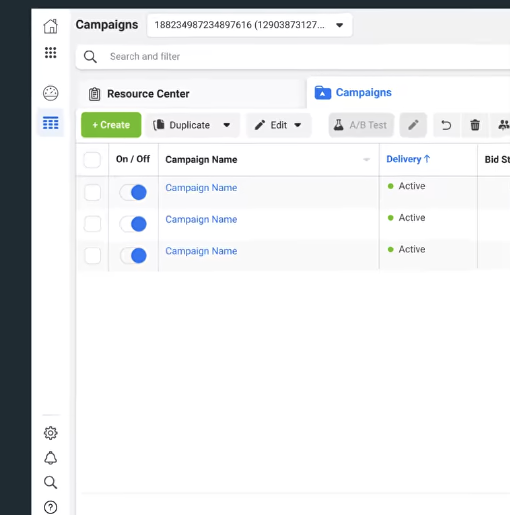
Source: facebook.com
You can create entire advertising campaigns on Instagram, using the Facebook Ads Manager. You have the same tools that you can use for Facebook advertising.
-
Go to Facebook Ads Manager
Facebook combines all advertising on Facebook, Instagram, and a few other of their apps in the Facebook Ads Manager. You will use this, regardless of whether you intend to advertise on Facebook or not.
Most of the choices you make for your Instagram ads are identical to those you would make for Facebook ads. The main difference comes when you choose where you want to display your ads (Instagram, rather than the various parts of Facebook and Messenger).
-
Set Your Campaign Objectives
As with most marketing, you should set objectives for any Instagram marketing campaign. The Facebook Ads Manager encourages this by making it a required part of the ad creation process.
Instagram advertising is not available for all of the objectives offered in Facebook Ads Manager. The relevant ones include:
- Brand Awareness
- Reach
- Traffic
- Engagement
- App Installs
- Video Views
- Lead Generation
- Messages
- Conversions
- Catalog Sales
- Store Traffic
- Target Your Ads
One of the best features of Facebook and Instagram advertising is that you can target your ads very precisely. It is pointless paying to present advertisements to people who would never buy your products.
Obviously, you first need to have a good idea of who your target customers are — the better your understanding of your customer base, the more accurate your targeting is likely to be.
If you have run Facebook ads previously, you will be able to reuse your audience selection. Otherwise, you will have to build it from scratch, ensuring that you save your choice for future use.
You can filter your audience on a mix of quite a few factors. These include:
- Age – any range from 13 to 65+
- Gender
- Languages – leave blank unless you are selecting an uncommon language for your selected location
- Demographics – there are multiple sub-topics under this generic heading including Education, Financial, Home, Life Events, Parents, Politics, and relationships
- Interests – again you will find numerous sub-categories in this section
- Behaviors – another part with multiple options
- Connections – people connected to your page, app, or event
You can also upload Custom Audiences if you wish to target a select group of people, for example, leads you have collected in your CRM
Finally, you can take a Custom Audience and ask Instagram to create a Lookalike Audience – a grouping with similar characteristics to the people in your Custom Audience.
Once you have selected your audience requirements, Instagram can tell you how many people match them. At this point, you may choose to either tighten up or loosen your requirements, depending on the size of your potential audience. Obviously, the size of your target audience will have a significant impact on the overall cost of your advertising campaign. You need to balance between having an audience that is too broad and one so specific that it targets too few people.
-
Choose Your Placements
This is the point when you tell the Facebook Ad Manager where you want to place your ads. This is particularly important if you intend to restrict your advertising to Instagram, as the default position is to advertise on both Facebook and Instagram.
Another default selection is to allow Autoamic Placements, which means your ads can appear anywhere in the Facebook group of apps, so you need to edit your placements if you want Instagram only. You can also select whether you want your ad to appear in the regular Instagram feed, or as a Story.
-
Set Your Budget and Schedule
As previously mentioned, The Facebook Ad Network uses a bidding process to determine the cost of your ad. It effectively rewards the advertiser who is willing to pay the most for any advertising spot on a user’s feed. There is no fixed formula for winning your Instagram ads – you simply pay a little more than what the second-highest bidder is willing to pay for a slot.
In practice, this makes Facebook and Instagram advertising more complicated, although you should improve your odds of placing ads successfully as you become more experienced.
This is a critical part of the advertising process. You need to set a budget for your campaign and a preferred advertising schedule.
You can set either a Daily Budget (the maximum amount of money that Instagram will take for one day’s advertising) or a Lifetime Budget (effectively a total limit on the amount you are willing to spend on this campaign).
You can also choose to run your ad continuously until you spend your entire budget, or you can set specific starting and ending times for your campaign.
The system then presents you with additional choices to make. For instance, you can select Automatic Bidding, which allows Facebook / Instagram to choose how you bid (allowing for your total budget and preferred schedule). Alternatively, you can pick Manual bidding, where you select the bidding price. Most beginning advertisers will go for Automatic bidding, although you may prefer to change to Manual bidding once you have a better idea of what your ads will cost for your audience.
If you selected a Lifetime Budget, you have the opportunity to set specific days and times when you wish to publish your ads.
-
Create Your Ads
Once you have set everything up to share your ads, you are going to need to create suitable ads. We cover the different types of ads further down this article.
Instagram Partners
The third way that firms can advertise on Instagram is to work with one fo the official Instagram Partners. Instagram describes its partners as being, “a set of experts vetted for excellence ready to help businesses grow on Instagram." Advertisers can tap into a set of vetted experts to get help with driving business.
Instagram partners offer services like setting up adverts, managing a business's Instagram community, media buying, and creating and sourcing content.
Types of Instagram Ads
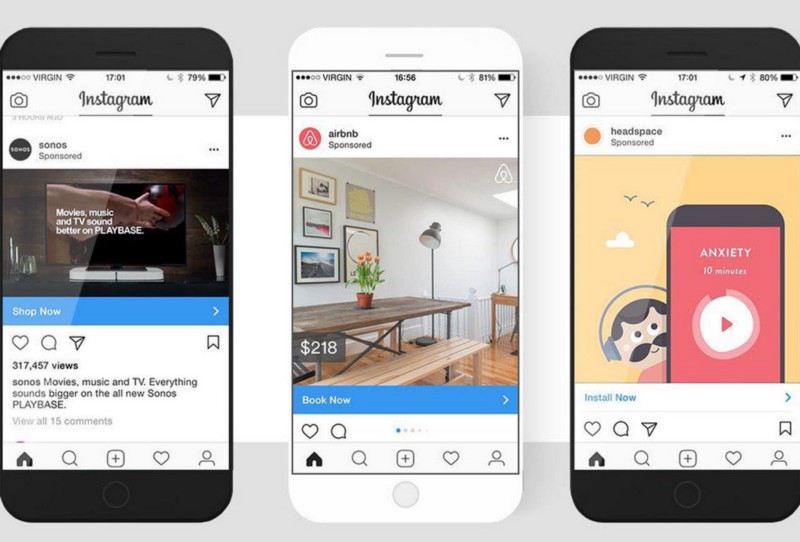
Source: unboxsocial.com
1. Image Ads
Image ads are the most common types of Instagram ads that people see. As the name indicates, these consist of a picture with some related text. You can now select a Call to Action button for your image ad, that will encourage the targeted person to take a particular action. This means you can now send people to a linked web address, via the CTA.
2. Video Ads
Instagram can, of course, support short videos as well as images. Video ads are similar to Image ads, but incorporate a video lasting 60 seconds or less.
3. Carousel Ads
Carousel ads allow you to include a series of scrollable images in one ad. There obviously needs to be some linking factor between the pictures to make Carousel ads successful. They are excellent for highly visual brands. For instance, they may show different items of clothing in a range or different foods on a menu. You can use up to 10 images (or video clips) in a single ad.
4. Stories Ads
These ads are similar to those in an Instagram feed, but they appear as a Story. Like all Stories, you can add multiple pages, and they will vanish after 24 hours.

